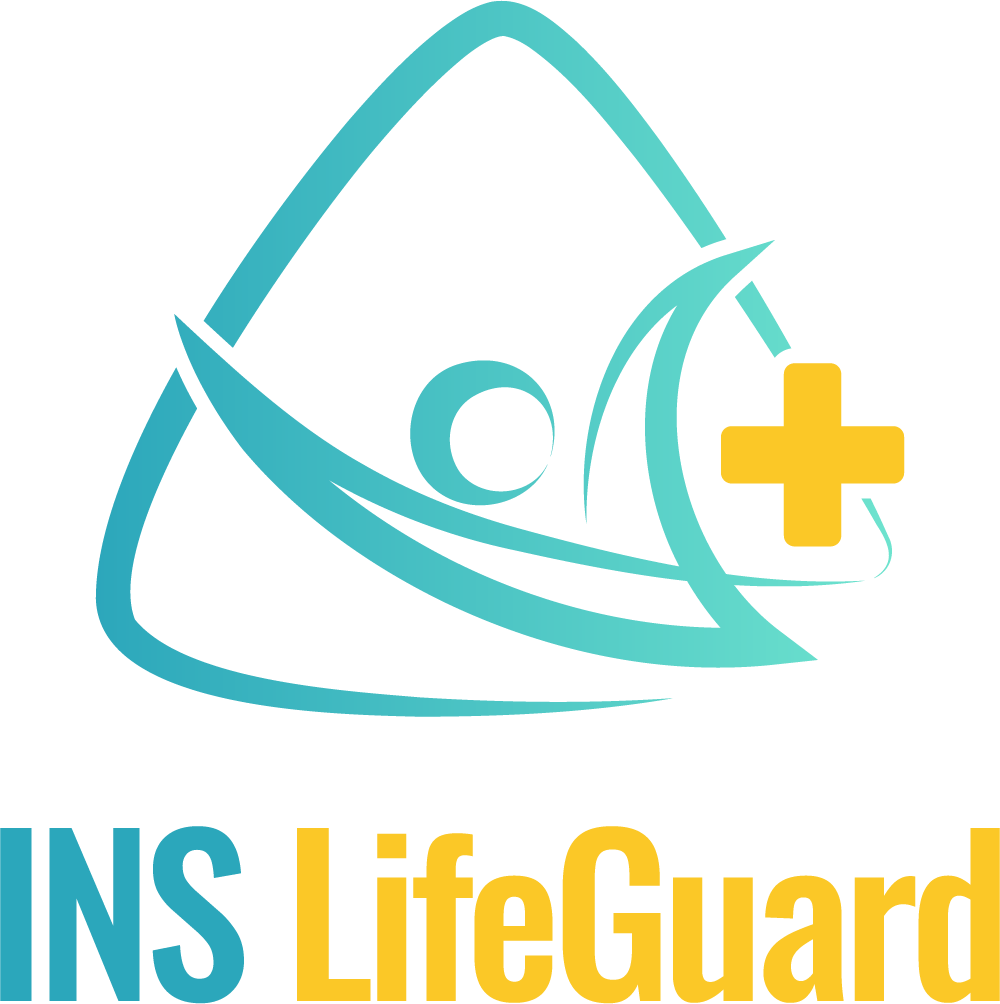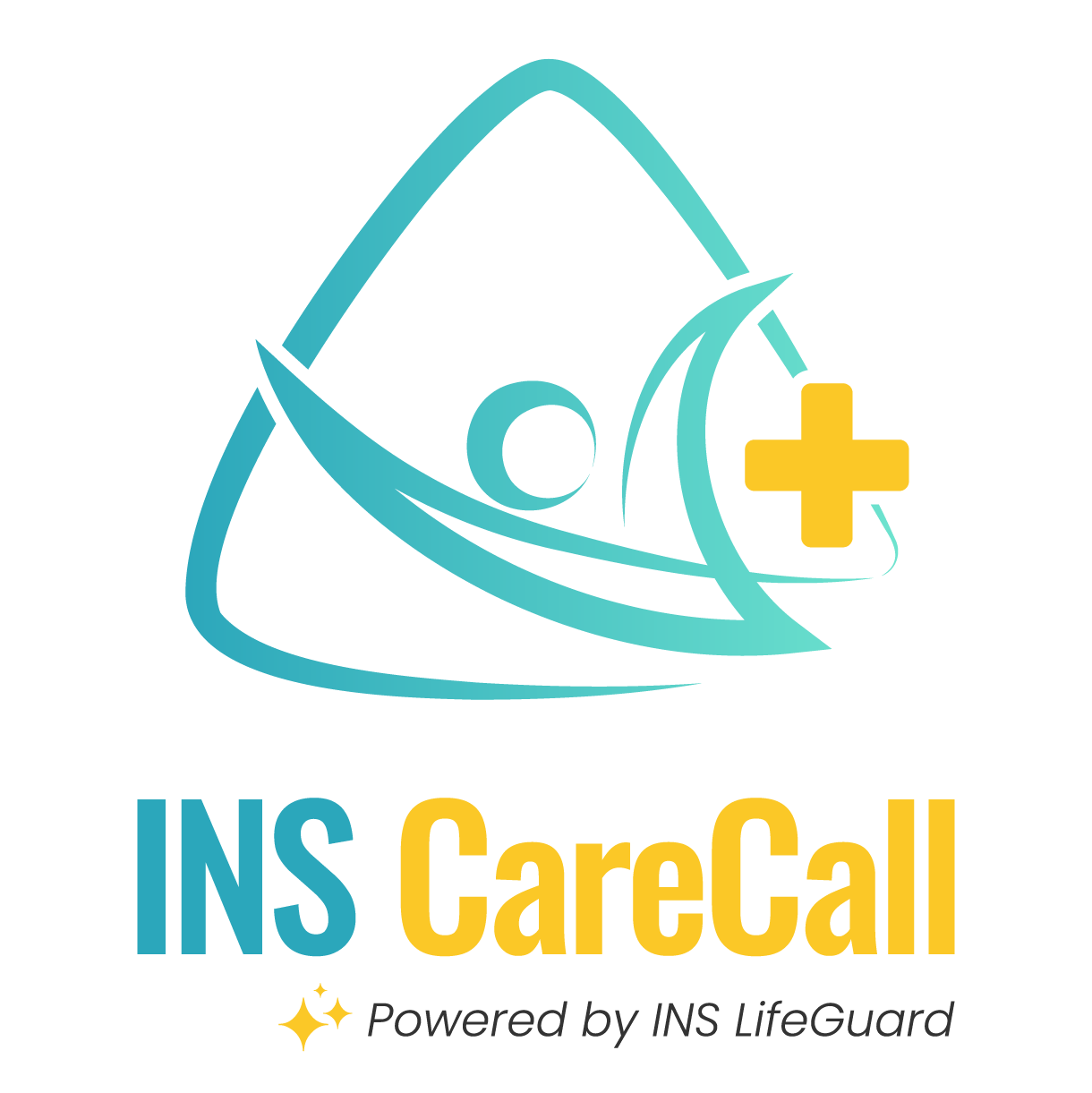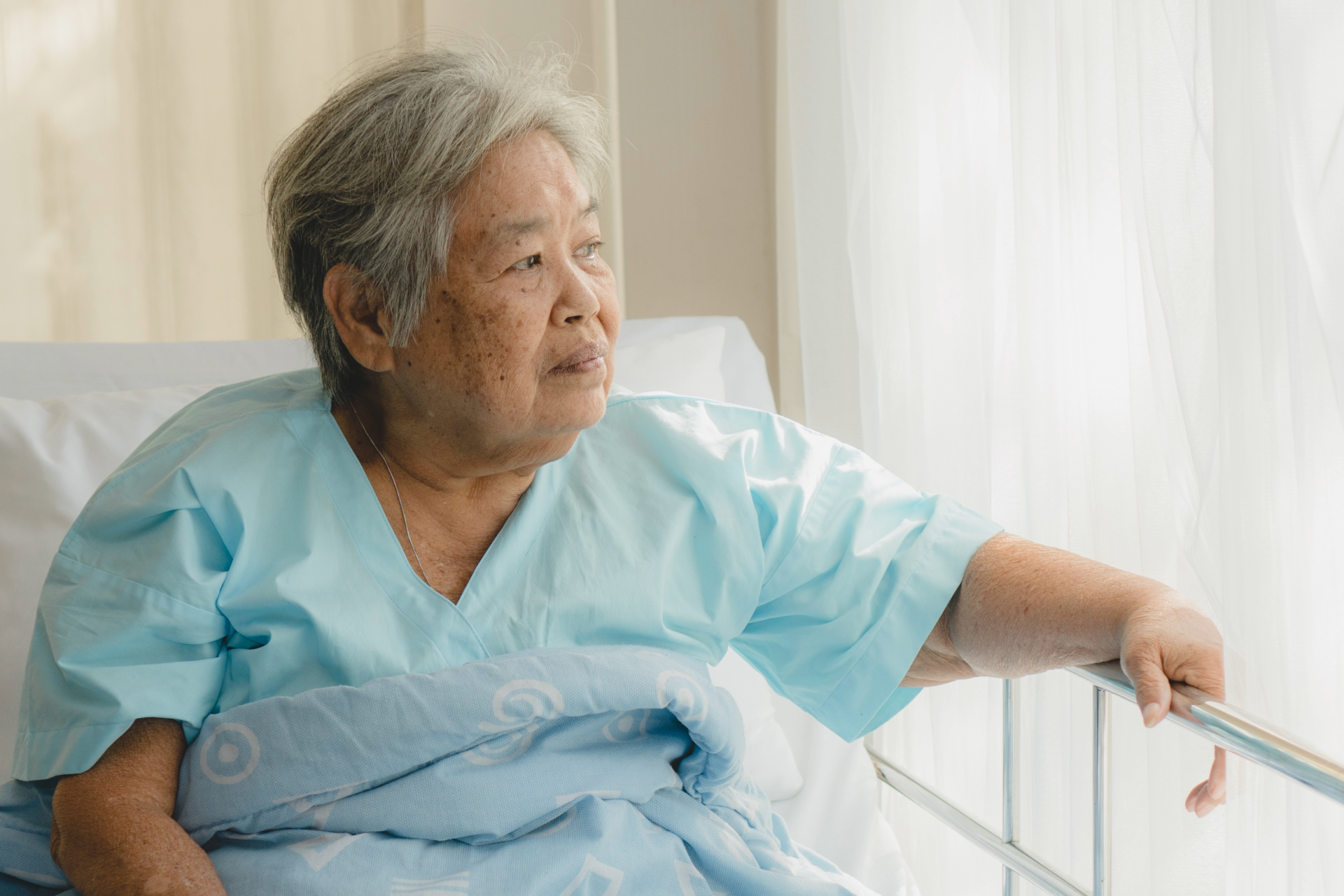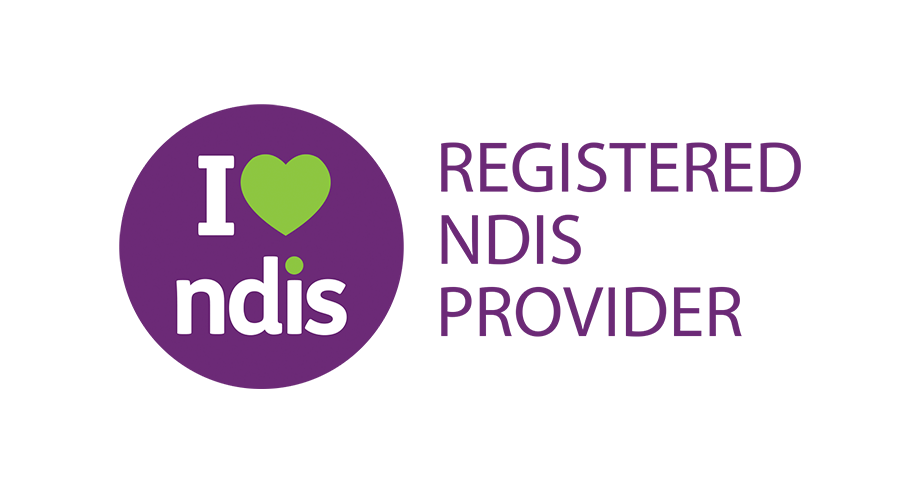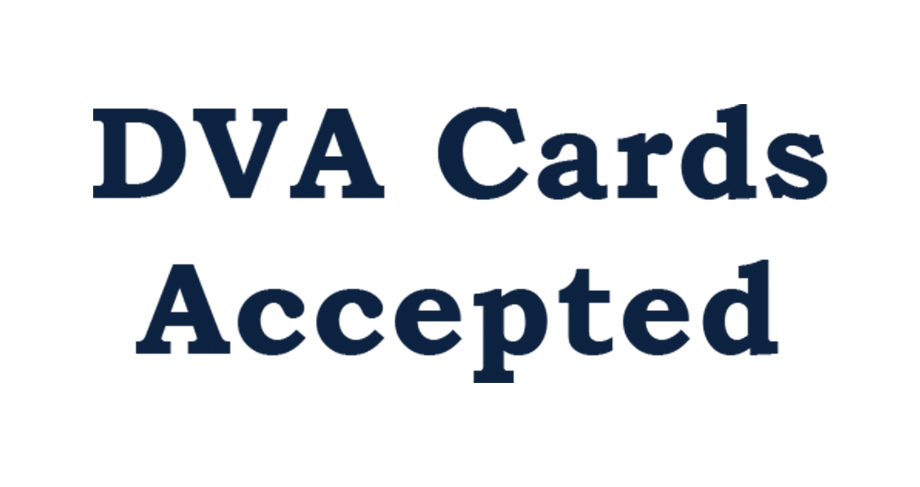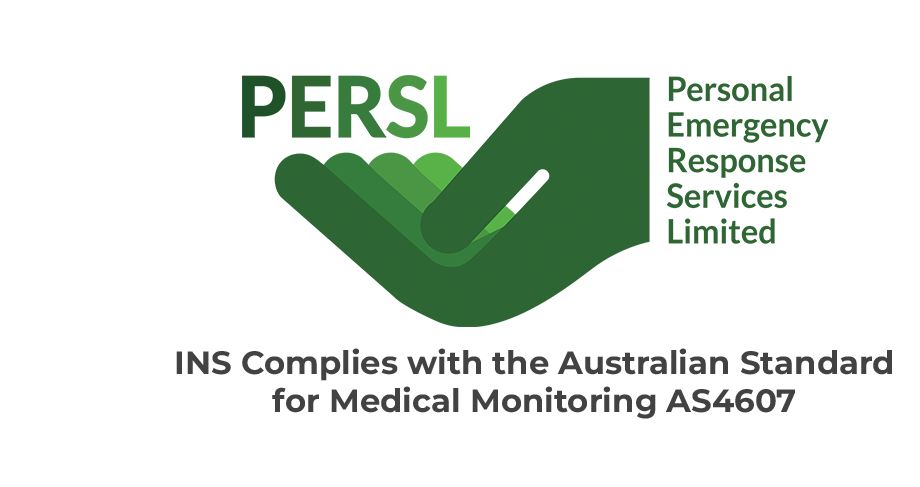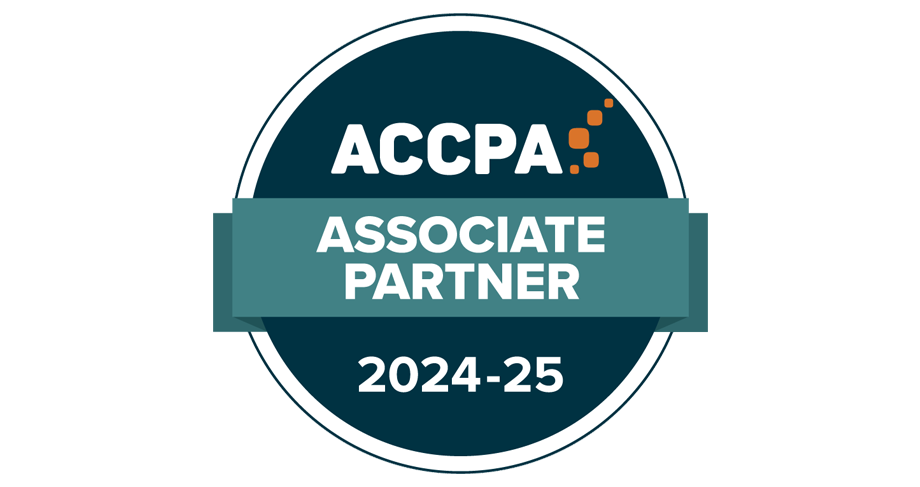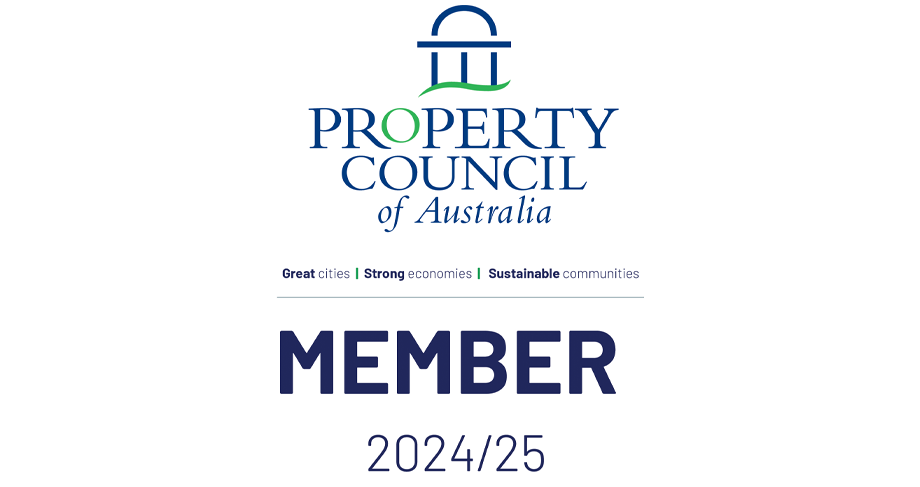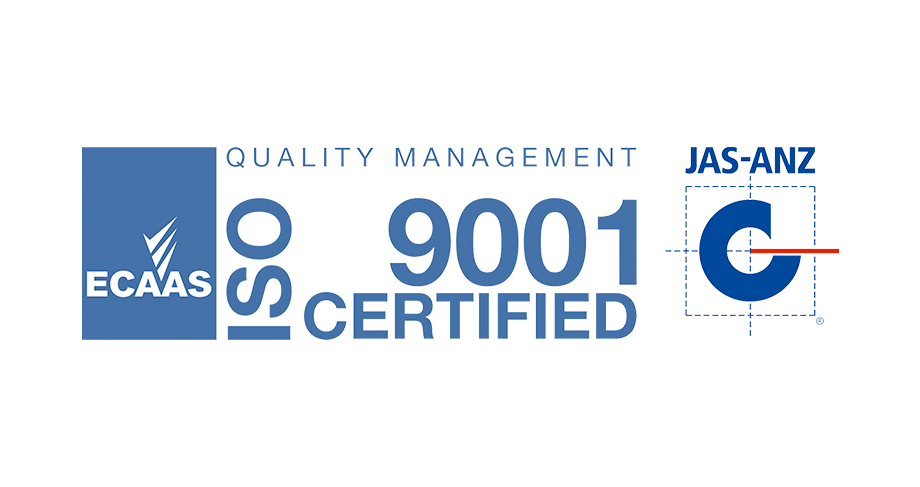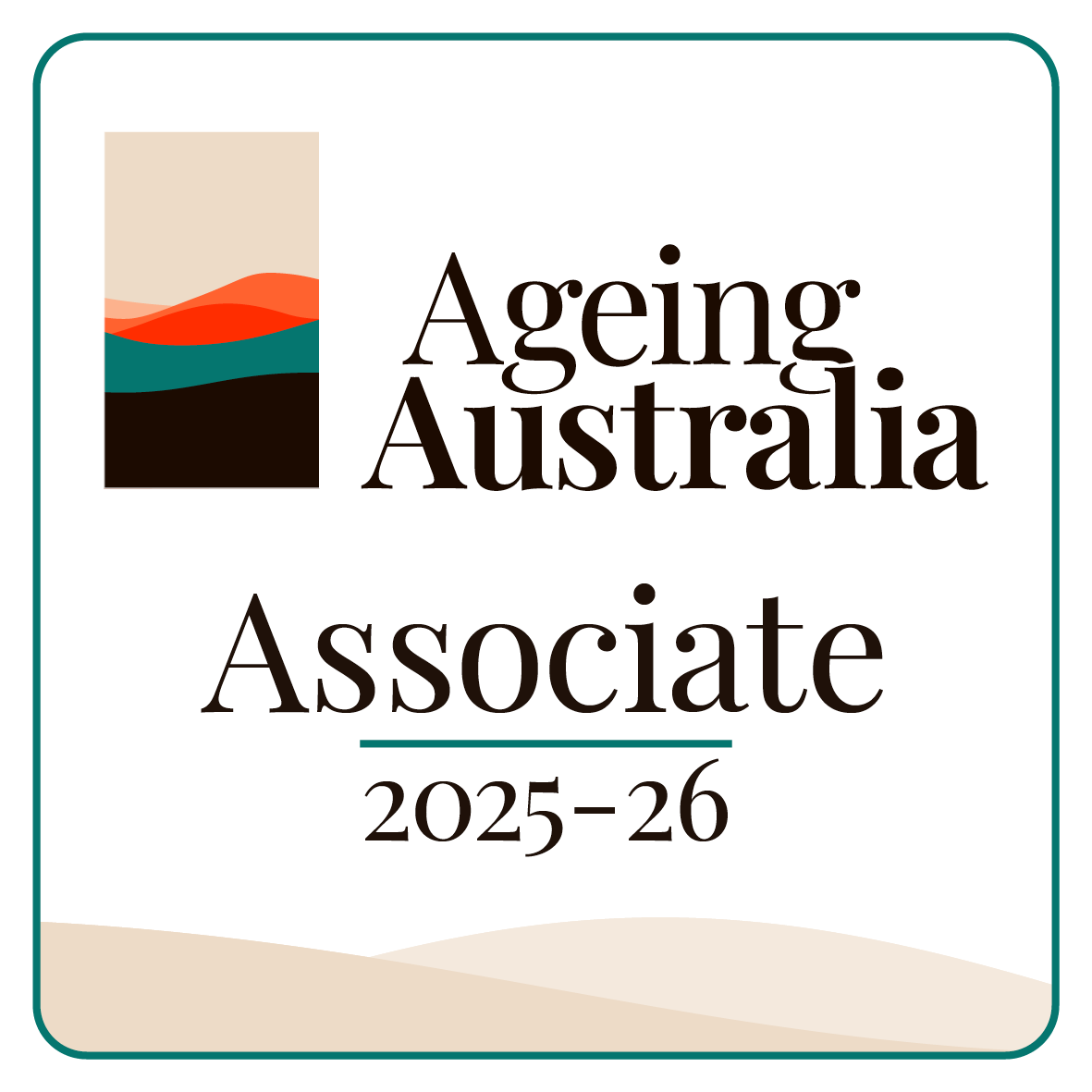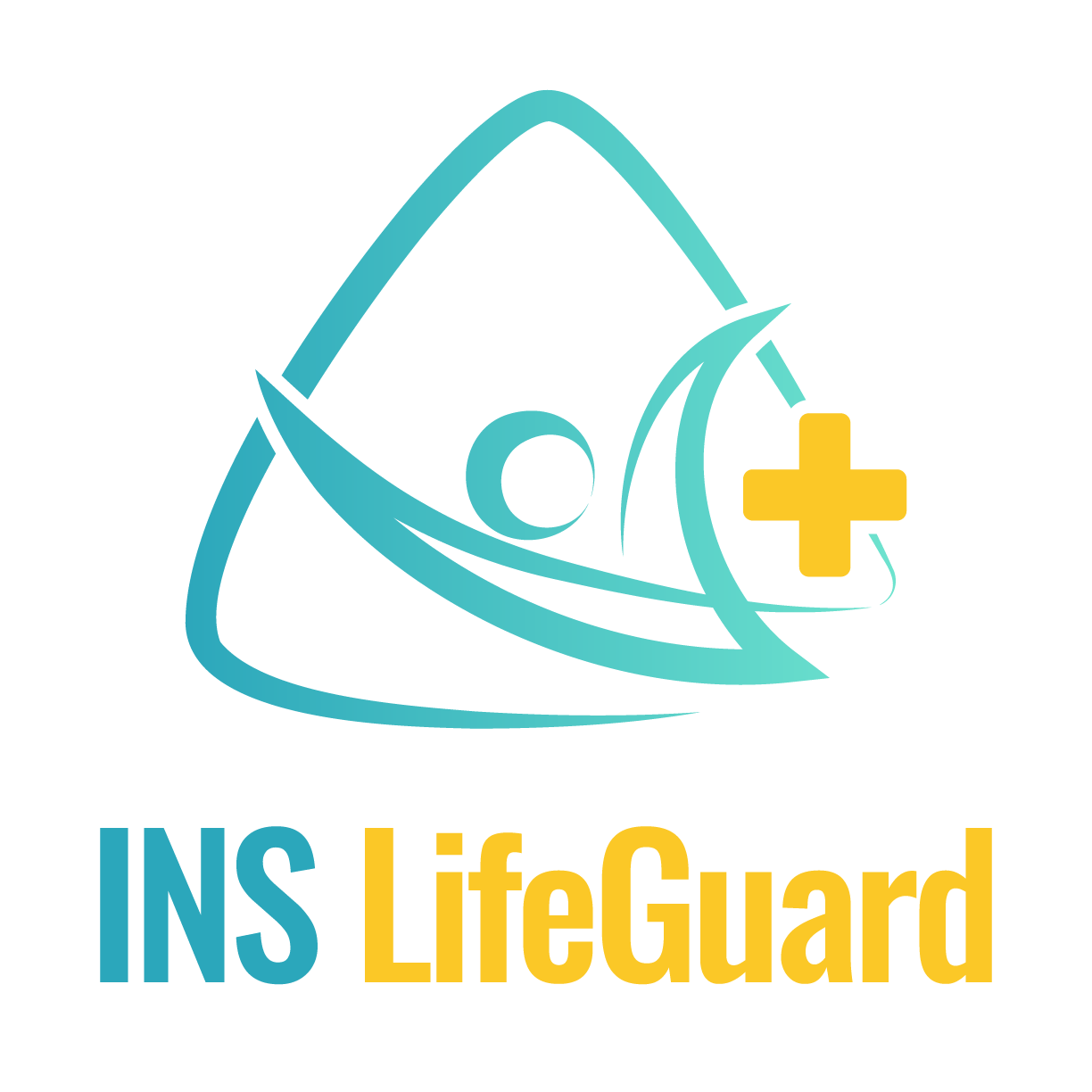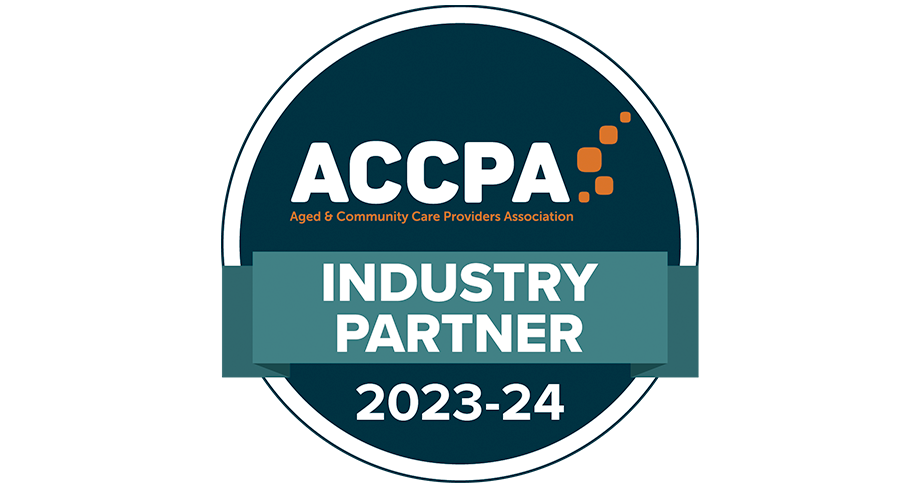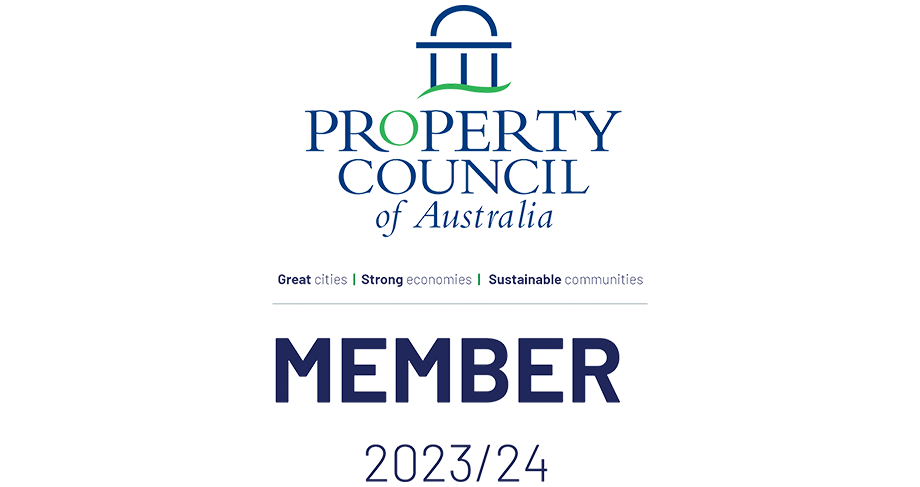Have a Question?
WHS Employer Obligations in Australia: Redefining Workplace Safety with Advanced Safety Solutions

In 2025, workplace safety in Australia is taking on a new meaning. Traditional protections like helmets, warning signs, and duress alarms connected to call centres are no longer enough to meet modern WHS obligations.
Employers are expected to do more than just prevent physical injuries. They must also take responsibility for the overall well-being of their teams. This includes supporting mental health, providing fast and effective emergency responses, and protecting workers who may be remote or isolated from immediate help.
To meet these demands, organisations are adopting advanced safety tools with clinical-grade response, setting a new benchmark for work health and safety compliance.
The Reality of Workplace Health and Safety in Australia
Work health and workplace health remain critical concerns in Australia, with recent statistics revealing the ongoing risks faced by workers across many industries. Despite improvements in regulation and workplace practices, injury and fatality numbers show that there is still significant work to be done to protect employees. This reality reinforces the central importance of health and safety across every workplace.
Fatalities and Serious Claims
In 2023, 200 Australian workers lost their lives on the job, up from 195 in the previous year. Traumatic injury fatalities and serious workers’ compensation claims are not spread evenly across all sectors but are heavily concentrated in six high-risk industries:
- Agriculture
- Public administration and safety
- Transport, postal and warehousing
- Manufacturing
- Health care and social assistance
- Construction
Vehicle-related incidents remain the leading cause of worker deaths, while falls from height account for 15%, a trend that continues to rise. These figures highlight the urgent need for stronger health and safety controls to protect workers in both high-risk and general environments.
Incidence of Injury, Illness, and Occupational Health Risks
Beyond fatalities, injuries and illnesses continue to affect a large proportion of the workforce. In 2021–22, there were 497,300 people who experienced a work-related injury or illness, representing about 3.5% of all workers during that year.
The most common types of injuries were:
- Sprains, strains, or dislocations (around 26%)
- Chronic joint or muscle conditions (around 20%)
More than 80% of serious compensation claims were linked to body stressing, slips, trips and falls, being struck by objects, or mental stress. Psychological claims are rising steadily, making up about 11% of all serious cases in 2022–23.
Although Australia’s injury rate is lower than the global average of 12.1%, the growing number of mental health-related claims shows that occupational health risks extend well beyond physical harm. Effective health and safety strategies must now address both physical protection and mental well-being.
Economic and Productivity Costs
Safe Work Australia estimates that if injuries and illnesses were eliminated, the national economy would be $28.6 billion larger each year, with an additional 185,500 full-time jobs created. For individual businesses, the cost of lost productivity is also severe.
The median time off work for serious claims is more than five times longer than for less severe injuries. Psychological injuries, such as stress or mental health conditions, are particularly costly because they often require longer recovery periods, highlighting why legal obligations under WHS law must be taken seriously.
Meeting these obligations is not just a legal necessity but also a clear investment in health and safety outcomes that benefit both employees and businesses.
Employer Responsibilities: Understanding the Primary Duty of Care
Work health and safety (WHS) obligations across most Australian states and territories are grounded in the Work Health and Safety Act 2011 (WHS Act 2011). It establishes the foundation of workplace responsibilities, setting out who owes duties, the scope of those duties, and the standard expected under Australian law. It is enforced by state and territory regulators, with Safe Work Australia providing national policy leadership.
Under the Act, the Person Conducting a Business or Undertaking (PCBU), usually the employer, organisation, or business, holds the primary duty of care. This means they must, as far as is reasonably practicable, ensure the health and safety of workers and anyone else who may be affected by the work.
Workers also share responsibility. They must take reasonable care of their own health and follow safety policies. Many workplaces appoint health and safety representatives to support these processes.
The consequences of ignoring the Work Health and Safety legislation are serious. Breaches can result in large financial penalties, reputational damage, and in severe cases, even criminal charges.
Practical WHS Requirements
A core responsibility for employers is to manage risks in the workplace systematically. This involves four key steps:
- Identifying hazards – spotting anything with the potential to cause harm.
- Assessing risks – analysing the likelihood and severity of harm.
- Implementing controls – applying measures to eliminate or minimise risks.
- Reviewing controls – checking regularly that safety measures remain effective.
Safety Systems and Support for Workers
Employers must establish and maintain safety systems that go beyond compliance. These include:
- Training programs and supervision – making sure workers understand risks and how to carry out tasks safely.
- Consultation with workers – involving staff in decisions about workplace safety and listening to their input.
- Emergency procedures – preparing for incidents with clear evacuation, first aid, and response plans.
- Incident reporting – having systems for recording, investigating, and addressing accidents or near misses.
- Health surveillance – monitoring workers’ health where risks from exposure (e.g., to chemicals, noise, or repetitive strain) may arise.
For remote, isolated, and mobile workforces, employers should ensure:
- Effective emergency response systems.
- Check-in and monitoring processes.
- Reliable communication tools (e.g., phones, radios).
- Special attention to situations where response time is critical.
Why Traditional Safety Systems Fall Short in Meeting Health and Safety Needs
Traditional duress or panic alarms were designed for a general emergency response, rather than specifically addressing health and safety needs. While they can notify an operator centre, these systems often face critical limitations:
- Non-clinical response delays – Calls are routed to operator centres rather than trained medical professionals, creating potential delays, mis-triage, or gaps in escalation when every second matters.
- Limited functionality for remote workers – Many traditional systems don’t offer accurate location tracking, fall detection, or integrated health assessments, leaving isolated employees vulnerable if something goes wrong.
- Neglect of mental health – Standard WHS systems rarely consider emotional distress or psychological risk, despite mental health being a key obligation.
The Advantages of Clinical-Grade Safety Tools
Clinical-grade platforms close these gaps by embedding nurse-led emergency response and smart monitoring features. Unlike operator-based systems, calls are answered by qualified clinicians who can assess and act immediately.
Key advantages include:
- Emergencies are answered by trained clinicians who can assess, advise, and escalate quickly.
- Advanced safety features such as fall detection, crash sensing, geolocation, and check-ins
- Emotional and mental health support alongside emergency care
- Compliance reporting with dashboards and audit trails
- Extends protection to remote, after-hours, and isolated workers.
The result is faster, smarter, and more compassionate safety, delivering a stronger duty of care.
How INS LifeGuard’s Solution Fits WHS Needs and Reduces Employer Risk
The INS LifeGuardian® App provides a comprehensive medical and personal safety solution that turns an employee’s smartphone into a fully monitored safety tool, supported by a 24/7 nurse-led response centre. It also integrates seamlessly with wearable devices and smartwatches, making it ideal for both workplace and remote safety scenarios.
For any employer or business owner, this reduces risks while fulfilling the primary duty of care.
Essentials Plan – Core Safety & WHS Compliance
Available on compatible iOS and Android smartphones, the Essentials Plan delivers everything a workplace needs for emergency response and personal safety:
- 24/7 Nurse-Led Response – Immediate access to qualified nurses and health professionals for reassurance, advice, or urgent support.
- Fall & Crash Detection – Automatic alerts for falls and vehicle impacts, ensuring rapid response.
- Voice-Activated Alarms – Hands-free emergency triggers using custom commands
- GPS Locator & Geofencing – Real-time location tracking with alerts if staff leave designated safe zones.
- Scheduled Safety Check-ins – Missed check-ins trigger automatic alerts, ideal for lone and remote workers.
- Emotional Support – Workers can connect with a nurse at any time if they feel unsafe, unwell, or need reassurance.
- Smartwatch Integration – Activate alarms or respond to safety check-ins directly from the wrist.
- Manager Portal & API – Central oversight, audit trails, reporting, and workplace system integration.
Premium Plan – Advanced Health & Monitoring
The Premium Plan includes all Essentials features plus proactive health monitoring, giving employers greater oversight of workforce wellbeing:
- Vital Signs Monitoring – Smartwatch-enabled monitoring of heart rate, blood pressure, and other key health trends to detect risks early.
- Nursing Reviews & Care Plans – On-demand nurse consultations, proactive health support, and telehealth access for ongoing care.
Bridging the Gaps in Workplace Safety
INS LifeGuard goes beyond basic safety tools by directly supporting employers in managing their Work Health and Safety (WHS) obligations. It helps address critical risks in the following ways:
- Connect to trained professionals within minutes, reducing the severity of incidents.
- Identify warning signs and dispatch support before they escalate into workplace accidents.
- Strengthen access to support and lower the risk of psychological injury claims.
- Demonstrate compliance with logs, reports, and audit trails
- Show regulators and insurers that “reasonably practicable” steps have been taken to protect staff.
Beyond compliance, we deliver measurable value by reducing lost work hours and claims, lowering reputational risks, and strengthening staff confidence, morale, and retention.
By combining clinical expertise with advanced technology, we give employers confidence that they are meeting legal obligations while providing genuine protection for their workforce.
Want to see how we can integrate with your WHS systems? Contact us for a demo. Let’s help your workplace stay safe, compliant, and clinically supported.
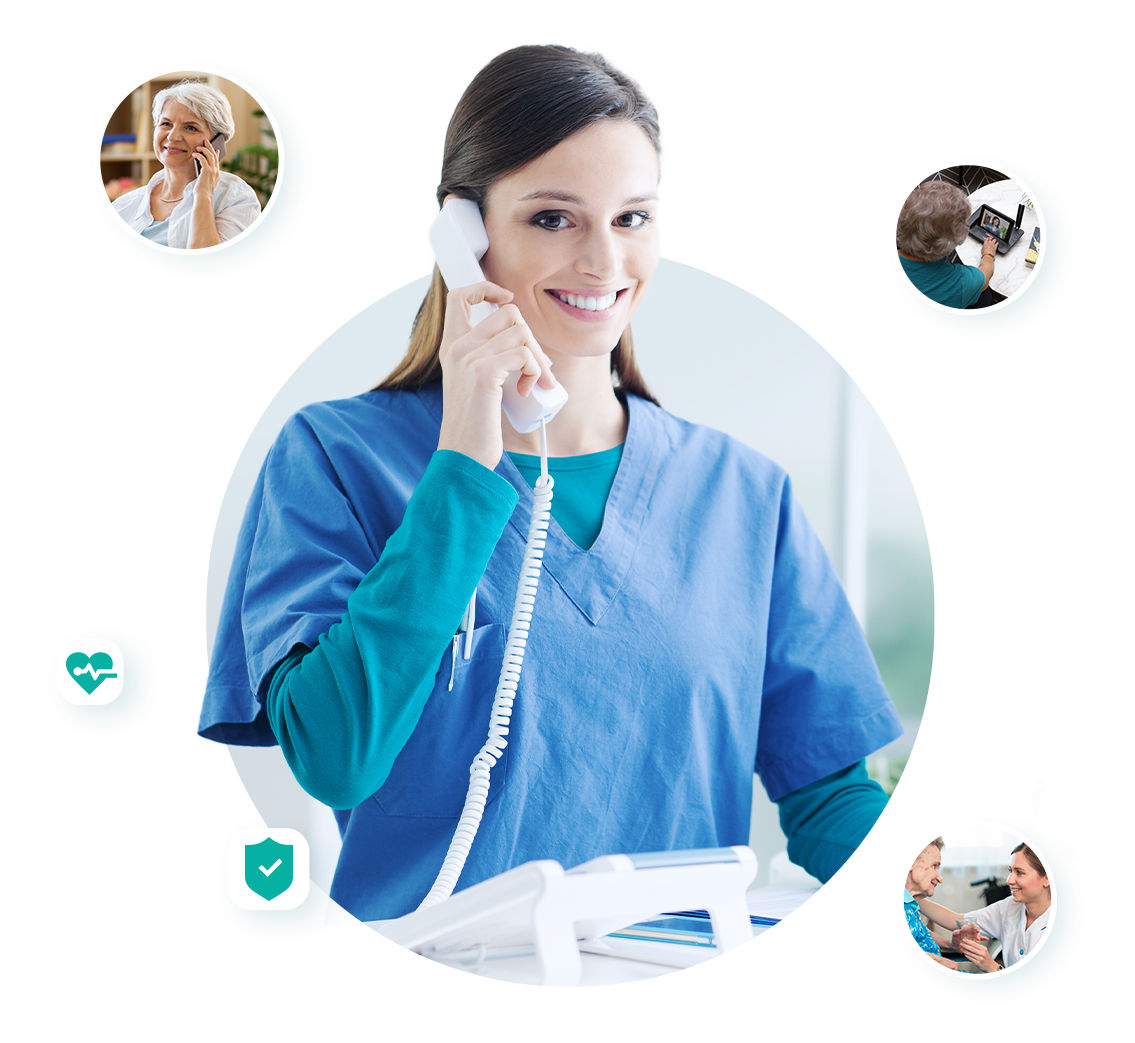
About
INS LifeGuard is the only 24/7 nurse on-call personal and medical monitoring in Australia. We provide monitoring technology for both in the home and on the go and can also monitor other provider's equipment. Our services are suitable for anyone wanting support to stay independent such as the elderly, those with medical conditions and disabilities plus enhancing safety and security for lone workers.
